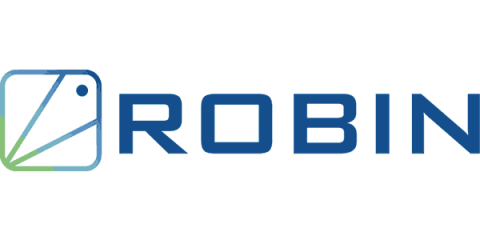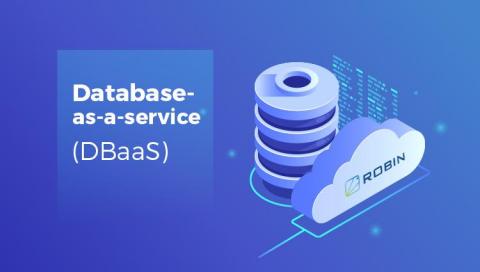Operations | Monitoring | ITSM | DevOps | Cloud
Latest Posts
HPC workloads on Robin Cloud Native Platform (CNP) using Nvidia GPU (MIG A100)
In today’s world, graphics processing units or GPUs have attracted a lot of attention as the optimal vehicle to run artificial intelligence (AI), machine learning (ML) and deep learning (DL) workloads. These workloads require massive amounts of data, both ultra-high speed and parallel processing, along with flexibility and high availability. It is clear that high-performance computing (HPC) with graphics processing unit (GPU) systems are required to support cutting-edge workloads.
Is the industry bullish enough on Open vRAN?
The Open virtualized Radio Access Network (Open vRAN) ecosystem poses a real need for communication service providers (CSPs) and vendors to change the way they plan and operate upcoming network deployments, particularly 5G. Open vRAN or open and virtualized RAN is defined as an architecture that uses a combination of disaggregated network functions, off the shelf hardware, and software to enable maximum flexibility in deployment and operations.
Robin.io named one of the best container storage products of 2022
For the second time in a row, Robin.io has been named among the world’s leading storage products by Storage Newsletter. Robin’s flagship product, Robin Cloud Native Storage (CNS) is custom-built for the purpose of deploying and managing stateful applications with 1-click simplicity. At the time of its launch, the industry was seeing increasing Kubernetes adoption, and businesses and their IT teams were exploring use cases that extended beyond stateless applications.
STL and Robin.io Announce Strategic Collaboration to Deliver Core Technologies to Empower 5G Stacks for Enterprises and Cloud Service Providers
The rise of private 5G: Why enterprises are pushing play on private 5G deployments
Private 5G is becoming the technology of choice for organizations worldwide. Especially with the advent of Industry 4.0, private 5G has gained traction in emerging sectors, like smart manufacturing, where low latency, high capacity and data security are all critical parameters to business success. Recent studies have revealed that private 5G is becoming a key business strategy for CIOs, with the vast majority planning to deploy it in standalone or hybrid ecosystems within the next two years.
Decoding Kubernetes: Is Robin the industry's answer to enterprise demands?
If the last few years have taught us anything, it is that digital transformation is an inevitable reality for all industries, across the globe. Enterprises are running thousands of applications to deliver to growing customer needs. Data centers are continuously evolving to cater to these applications, with yesterday’s siloed, on-premises versions eventually making way to the hybrid cloud models that we see today.
Edging Closer to 5G with Automation
5G use cases and applications require unprecedented mobility, security, low-latency and tighter integration between wireless and mission-critical applications. To enable these expectations, intelligent infrastructure and automation technologies are being increasingly adopted worldwide. This is proving to be the fundamental backbone of successful, competitive business that is thriving to deliver industry 4.0 and 5G applications worldwide.
Building your Database-as-a-service for MySQL workloads on Robin
Database-as-a-service (DBaaS) is a cloud computing service model that enables DBAs and developers to quickly deploy and manage enterprise-grade databases without the need for setting up physical hardware, installing software and configuring databases for performance.
The Astronomical scope of Private 5G - and how to unlock its massive benefits
As enterprises prepare to deploy Industry 4.0 applications, they are increasingly adopting intelligent infrastructure and newer automation technologies. With aggressive digitalization comes an insatiable appetite for improved performance and new services. Enterprises and customers are adopting the current 5th Generation (5G) mobile network as quickly as it becomes available.



